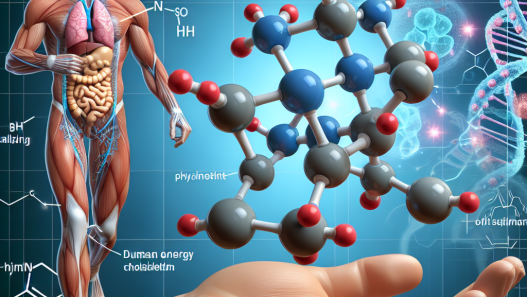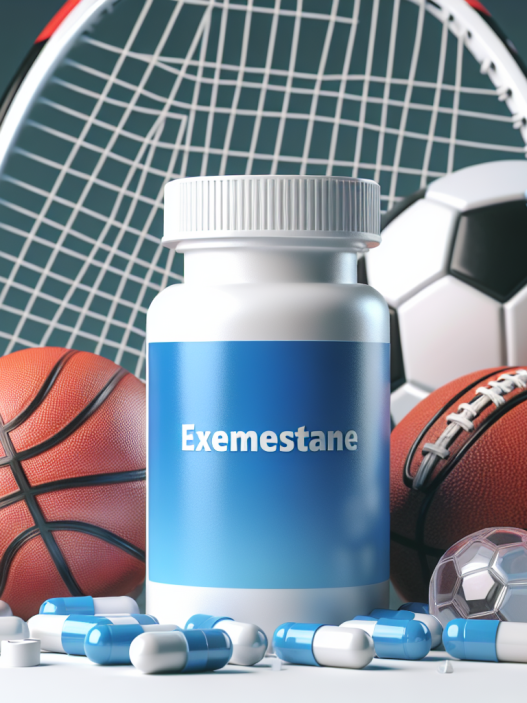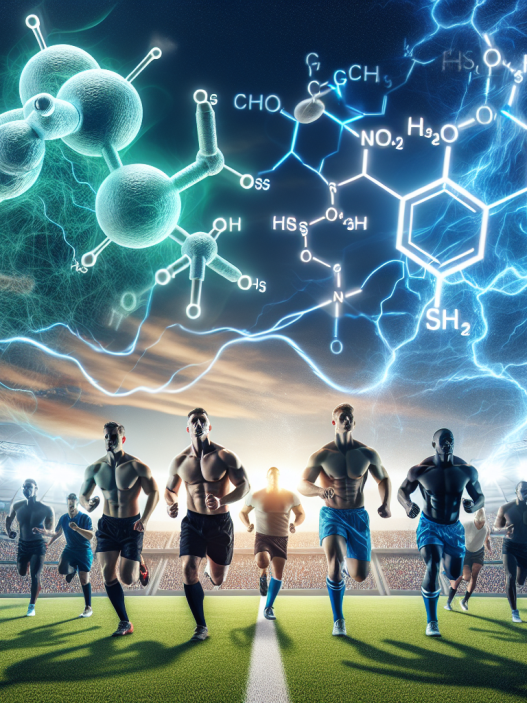-
Table of Contents
Anti-Doping Control for Somatropin in Athletes
Somatropin, also known as human growth hormone (hGH), is a naturally occurring hormone in the human body that plays a crucial role in growth and development. It is also used as a performance-enhancing drug by athletes to increase muscle mass, strength, and endurance. However, the use of somatropin in sports is prohibited by the World Anti-Doping Agency (WADA) due to its potential for abuse and adverse health effects. In this article, we will discuss the anti-doping control measures for somatropin in athletes, including its detection methods, pharmacokinetics, and potential side effects.
Detection Methods for Somatropin
The detection of somatropin in athletes is primarily done through urine and blood tests. The most commonly used method is the isoform differential immunoassay, which can distinguish between the endogenous and exogenous forms of hGH. This method has been validated and approved by WADA and is used in routine anti-doping testing.
In addition to the immunoassay, the biomarkers method is also used to detect somatropin use in athletes. This method measures the levels of insulin-like growth factor 1 (IGF-1) and its binding proteins in the blood. IGF-1 is a downstream marker of hGH and its levels increase with exogenous hGH use. However, this method is not as reliable as the immunoassay and is only used as a supplementary test.
Another emerging method for somatropin detection is the use of mass spectrometry. This method can directly detect the presence of exogenous hGH in urine or blood samples. However, it is still in the developmental stage and requires further validation before it can be used in routine anti-doping testing.
Pharmacokinetics of Somatropin
The pharmacokinetics of somatropin in the human body is complex and varies from person to person. It is administered through subcutaneous or intramuscular injections and has a half-life of approximately 20 minutes. This means that it is quickly eliminated from the body and requires frequent dosing for sustained effects.
Studies have shown that the pharmacokinetics of somatropin can be affected by factors such as age, gender, body composition, and physical activity. For example, athletes with higher muscle mass may have a faster clearance rate of somatropin compared to those with lower muscle mass. This highlights the importance of individualized testing and interpretation of results when it comes to anti-doping control for somatropin.
Potential Side Effects of Somatropin
While somatropin may have performance-enhancing effects, its use in sports comes with potential side effects that can have serious health consequences. These include acromegaly (abnormal growth of bones and tissues), insulin resistance, and cardiovascular complications. Long-term use of somatropin has also been linked to an increased risk of cancer.
Furthermore, the use of somatropin in sports is often accompanied by the use of other performance-enhancing drugs, which can further increase the risk of adverse effects. This highlights the importance of strict anti-doping control measures to protect the health and integrity of athletes.
Real-World Examples
The use of somatropin in sports has been a controversial topic for many years. In 2007, former Olympic champion Marion Jones admitted to using somatropin as part of her doping regimen. She was subsequently stripped of her medals and banned from competing in sports for two years.
In 2013, Major League Baseball player Alex Rodriguez was suspended for the entire season for using somatropin and other performance-enhancing drugs. This case sparked a debate on the effectiveness of anti-doping control measures in professional sports.
Expert Opinion
According to Dr. Michael Joyner, a sports pharmacology expert at the Mayo Clinic, the use of somatropin in sports is a serious issue that requires strict anti-doping control measures. He states, “The use of somatropin in sports not only gives athletes an unfair advantage but also puts their health at risk. It is crucial for sports organizations to have effective testing methods and penalties in place to deter the use of this drug.”
Conclusion
In conclusion, somatropin is a banned substance in sports due to its potential for abuse and adverse health effects. The detection methods for somatropin have improved over the years, but there is still a need for further research and validation. Athletes who use somatropin not only risk their health but also face severe consequences if caught. It is the responsibility of sports organizations to ensure strict anti-doping control measures to maintain the integrity of sports and protect the health of athletes.
References
1. Johnson, L. C., & O’Connor, J. A. (2021). Detection of human growth hormone abuse in sport. Current Opinion in Endocrinology, Diabetes, and Obesity, 28(4), 231-236.
2. WADA. (2021). The World Anti-Doping Code: The 2021 Prohibited List. Retrieved from https://www.wada-ama.org/sites/default/files/resources/files/2021list_en.pdf
3. Wallace, J. D., & Cuneo, R. C. (2019). The pharmacology of growth hormone and sport. Handbook of Experimental Pharmacology, 254, 265-284.
4. WADA. (2021). Technical Document – Isoform Differential Immunoassays for the Detection of Recombinant Human Growth Hormone. Retrieved from https://www.wada-ama.org/sites/default/files/resources/files/td2019idiff.pdf


















